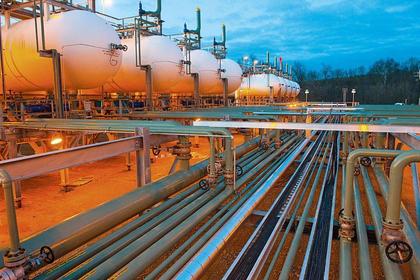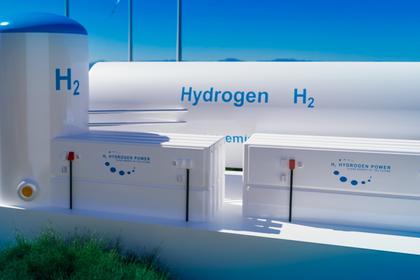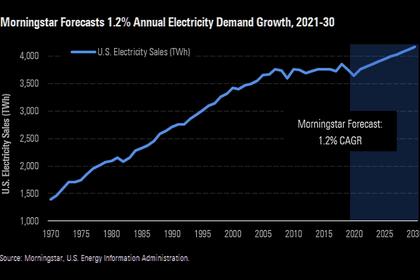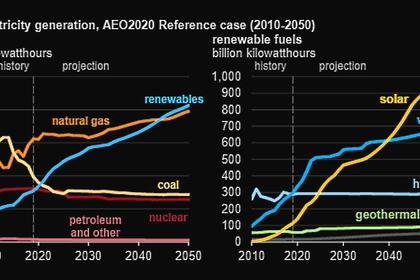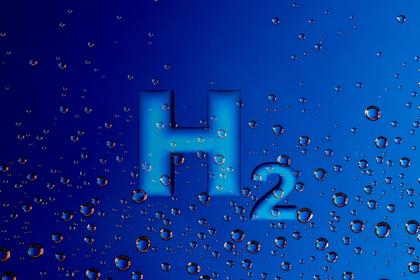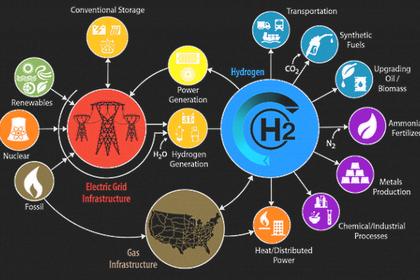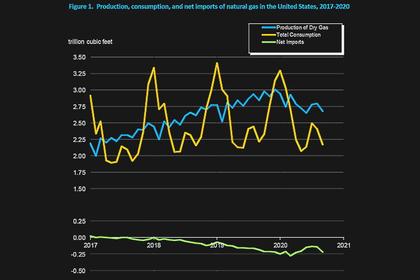
U.S. HYDROGEN ENERGY
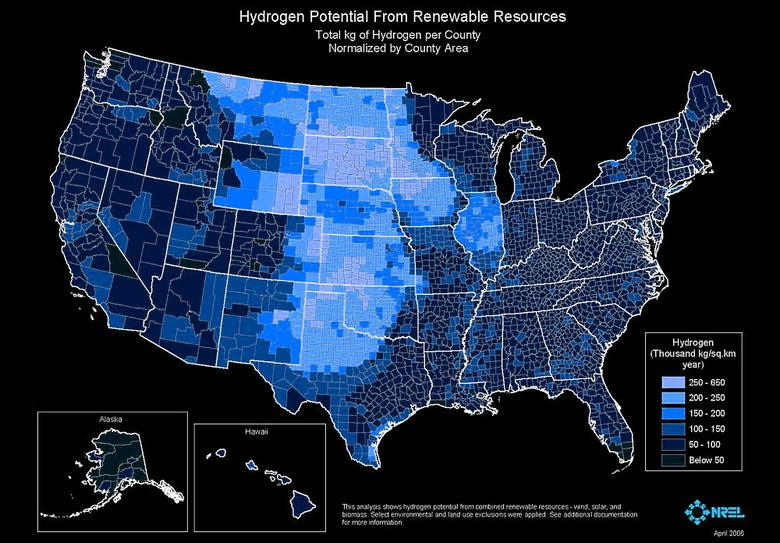
PLATTS - 18 Dec 2020 - Renewable gases and zero-carbon hydrogen will play a key role in decarbonizing the US natural gas distribution system and the industry's environmental stewardship, according to David Anderson, president and CEO of Northwest Natural Holding Co. and incoming chair of the American Gas Association, or AGA.
"This is frankly the time to think big and think differently," Anderson said during a Dec. 17 virtual AGA press conference.
"Our nation's 21st-century energy delivery system will not only be safer and have fewer emissions, but it will also be able to carry hydrogen; renewable natural gas from sources such as landfills, wastewater treatment plants and dairy farms; and biomass."
Anderson gave natural gas alternatives pride of place during the event, discussing them at the top of his prepared remarks.
The emphasis reflected the growing urgency within the industry to develop those alternatives.
Gas utilities have announced a flurry of commitments in recent months to pilot renewable hydrogen projects and tap renewable natural gas, or RNG.
Anderson believes that achieving ambitious climate targets -— like his company's vow to be carbon-neutral by 2050 -— will require a transition to other fuels.
Northwest Natural has established itself as a first-mover in hydrogen projects and played an active role in developing legislation to support RNG development in Oregon.
The company and other utilities are studying blending hydrogen into natural gas streams, typically with hydrogen concentrations of 5% or less. The goal is to displace natural gas with green hydrogen, produced through electrolysis with renewable energy, or blue hydrogen, which captures and sequesters carbon emissions during the production process.
The industry is supporting company-level projects with efforts like a five-year initiative to accelerate low-carbon energy technology development by the Electric Power Research Institute and Gas Technology Institute, AGA President and CEO Karen Harbert said.
Asked whether the AGA is considering industrywide blending goals, Harbert said the first order of business is determining hydrogen's compatibility with distribution systems and establishing safe blending levels.
Research suggests high-pressure, steel transmission lines are most at risk of corrosion in the presence of hydrogen, but utilities are studying the fuel's potential to compromise system integrity and escape from their low-pressure distribution mains.
"We've got to have the science in front of us before we can make commitments that we will be held accountable for," Harbert said.
As for industrywide RNG adoption targets, Harbert said goals are best left to individual utilities, based on their access to affordable feedstock.
Anderson said President-elect Joe Biden has an opportunity to push forward the hydrogen economy the way the federal government supported the wind and solar power industries.
Doing so would not only help the Biden administration accomplish its climate goals, but would preserve the reliable, resilient energy delivery that the gas distribution system provides, he said.
"The distribution systems that we have in place are an incredible asset," Anderson said.
"What kind of product goes through it, what molecule goes through it, is going to be different in my opinion in the future than it is today."
-----
Earlier:
